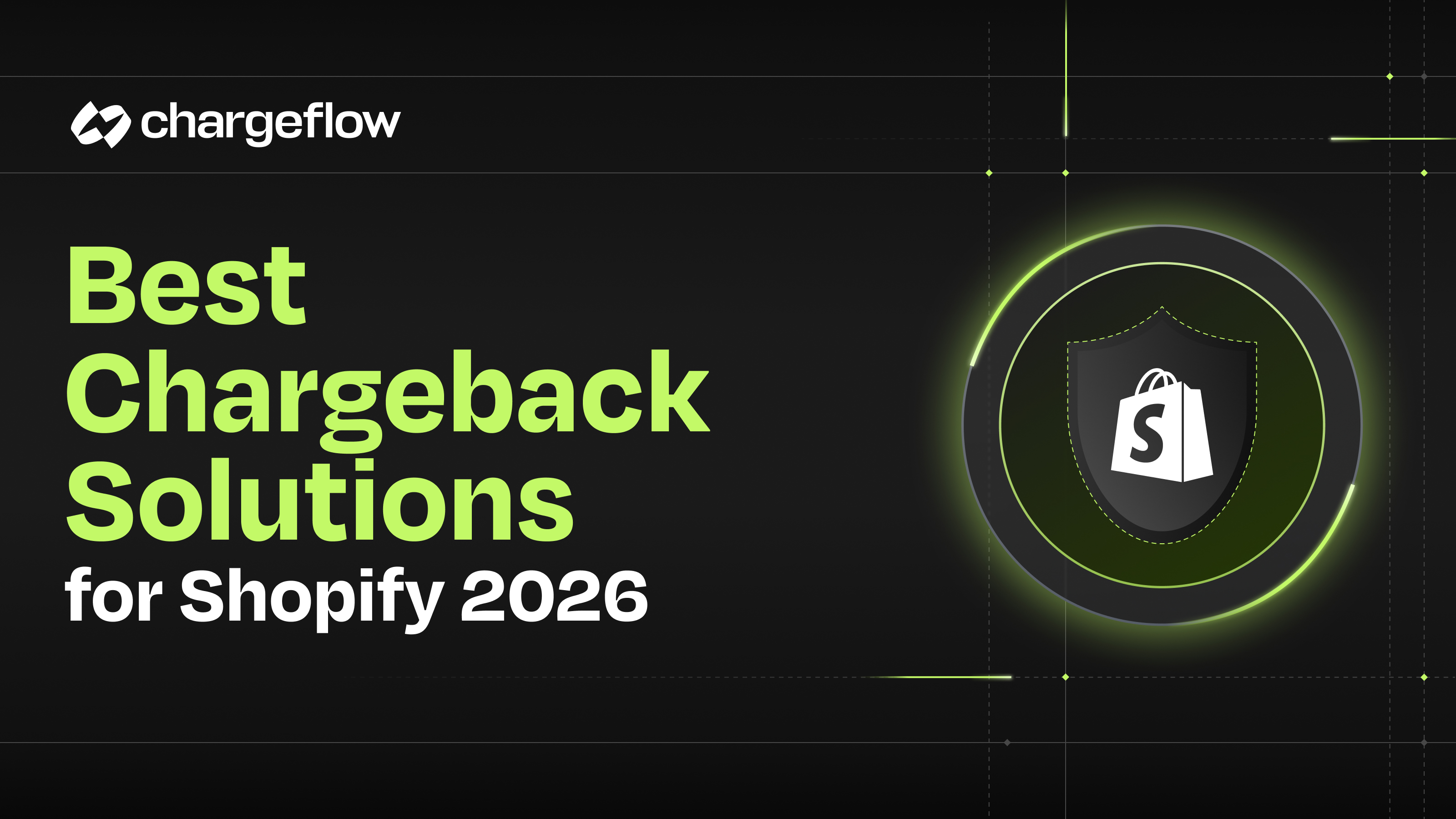What is Stripe High Risk Business in Simple Terms? Learn to Avoid Getting Banned

Chargebacks?
No longer your problem.
Recover 4x more chargebacks and prevent up to 90% of incoming ones, powered by AI and a global network of 15,000 merchants.
Is your business considered high-risk by Stripe? Don't risk getting banned. Learn valuable tips and strategies to avoid pitfalls.
Stripe is a popular payment solutions provider that enables businesses to process transactions securely. Businesses seeking an easy way to integrate payments into their systems find Stripe's offerings invaluable, as it simplifies the whole process of handling customer payments. Unfortunately, many high-risk businesses struggle with the risk of being banned by Stripe.
This blog post will offer helpful advice on how to effectively manage and minimize the chances of this becoming reality. By understanding what customers expect from your business, following Stripe guidelines, and staying up-to-date with industry trends and regulations, you can protect your business from ever facing a ban.
Understanding High-Risk Businesses
A high-risk business poses a greater-than-average risk of chargebacks, fraudulent activity, or other forms of payment processing disruption. Common examples include travel agencies, ticket resellers, cryptocurrency exchanges, digital gaming vendors, and tobacco/e-cigarette retailers.
The reasons that payment processors are hesitant to work with these businesses are simple - they may be exposed to an unusually large amount of chargebacks and refunds. Beyond that, the legal complexities surrounding some high-risk industries may expose payment processors to legal challenges or conflicting regulations in various countries.
The overall risk associated with them can far outweigh the revenue potential, making it highly unlikely a payment processor will take on a high-risk business.
Reasons for Ban by Stripe
The popular payment processing system, Stripe, has rules and requirements for businesses that want to use its services. Depending on the nature of a business's activities, it may be deemed as too high-risk for Stripe and could consequently be declining from using its services.
Some common reasons why a business would get banned by Stripe include processing payments derived from illegal activities such as money laundering, fraud, or deceptive practices, selling products that are on Stripe's restricted list, or engaging in repetitive chargebacks.
Additionally, if a business’s reputation is questionable among customers or financial institution partners – due to complaints against it – it may also find itself involuntarily shut off from using Stripe’s services.
Companies must check whether they meet Stripe's regulations and guidelines before signing up with them to ensure they do not fall into the high-risk category and therefore face any potential risk of being banned in the future.
Avoiding Ban by Stripe
High-risk businesses looking to avoid getting banned by Stripe should ensure their activities are always in compliance with the platform’s Acceptable Use Policy, Terms of Service, and Privacy Policy. This should include carefully monitoring all sales, refunds, and any changes in rates which could affect fees as they may prompt investigations.
It is also vital that communication between the business and Stripe remain clear and specific with detailed explanations of any chargebacks or refunds. Additionally, providing receipts and invoices for every transaction is highly recommended; this is good practice anyway but it can also be crucial in substantiating claims with Stripe if flagged or questioned.
Understanding why resolving issues quickly is important can help build a strong relationship with the platform: it demonstrates transparency between both parties which builds trust and reduces the possibility of bans.
Finally, creating a Risk Management Plan for avoiding fraudulent activity is essential. This should outline processes for flagging suspicious behavior as well as how it will be told apart from the non-fraudulent activity so that applications are not rejected unnecessarily.
Best Practices for High-Risk Businesses Using Stripe
Here are some best practices for high-risk businesses using Stripe to ensure that your transactions go smoothly.
Tips for Using Stripe Effectively and Avoiding Issues
- Choose the Right Business Model - Stripe's policies vary depending on the nature of the business. It is important to choose the right business model, comply with Stripe's policies, and ensure that your business is in line with its Terms of Service.
- Verify Customer Information - Verify the customer's information, including their address, email, and phone number, to ensure that you have the correct information.
- Monitor for Fraudulent Activity - Use fraud detection software to identify fraudulent activity and prevent chargebacks.
- Keep Accurate Records - Keep accurate records of all transactions and chargebacks, including the reason for the chargeback and any supporting documentation.
Handling Chargebacks and Disputes
Chargebacks and disputes are common in high-risk businesses, but they can have a significant impact on your business. Here are some tips for handling chargebacks and disputes effectively.
- Respond Quickly - Respond quickly to any chargeback or dispute and provide all necessary documentation to prove that the transaction was legitimate.
- Provide Clear Evidence - Provide clear evidence to support your claims, such as shipping information or communication with the customer.
- Keep Good Records - Keep good records of all transactions and any disputes or chargebacks, as you may need to provide evidence in the future.
- Use Chargeback Alerts - Use chargeback alerts to receive real-time notifications of any chargebacks or disputes.
Importance of Good Customer Service and Clear Policies
Good customer service and clear policies are critical for high-risk businesses using Stripe. Here are some tips for providing excellent customer service and clear policies.
- Respond Quickly - Respond to customer inquiries and issues promptly to maintain their trust and prevent chargebacks.
- Communicate Clearly - Communicate clearly with customers about your policies and procedures, including shipping times, refunds, and returns.
- Have a Clear Refund Policy - Have a clear refund policy in place and communicate it to customers upfront to prevent chargebacks.
- Use Dispute Resolution - Use Stripe's dispute resolution process to resolve any issues with customers quickly and efficiently.
Final Thoughts
Most business owners don’t want to think about the possibility of their business being labeled as high-risk and banned by Stripe. However, by understanding what high-risk businesses are, why they may be banned, and how to avoid being banned, you can protect your business and keep it running smoothly.
Additionally, chargebacks and disputes are always a risk when conducting business online, but there are ways to prevent them and fight them effectively. By following the best practices for using Stripe outlined in this post and utilizing Chargeflow’s autopilot solutions, you can minimize the chances of any problems arising and Keep Your Money Flowing!

Chargebacks?
No longer your problem.
Recover 4x more chargebacks and prevent up to 90% of incoming ones, powered by AI and a global network of 15,000 merchants.






























.png)








